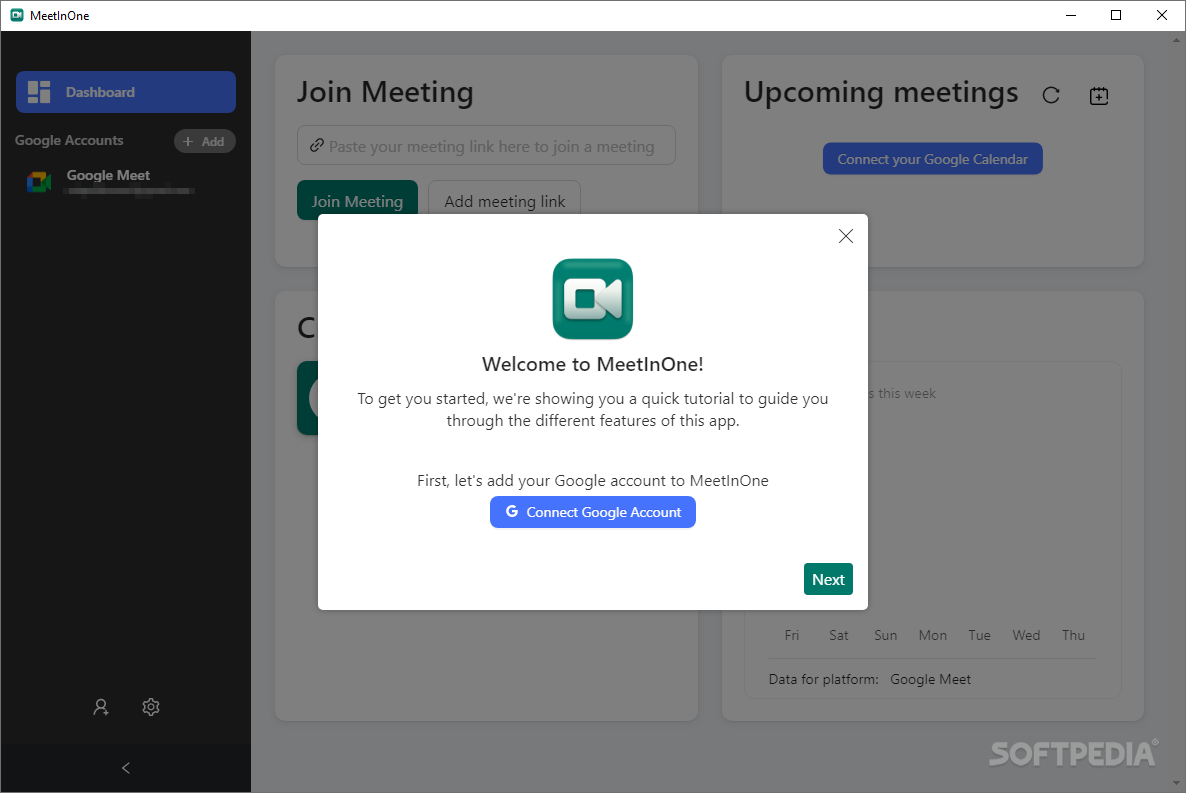

We’ll also be adding a setting to enable you to turn off your self-feed across all Google Meet calls. If you prefer not to see yourself at all, you can easily minimize your feed and hide it from your own view entirely. You can choose to have your video feed be a tile in the grid or a floating picture, which can be resized and repositioned. In an effort to reduce meeting fatigue, we’re giving you more control over how you view yourself in meetings. The new Meet for web encompasses updates to video feeds, the viewing and presenting experience, and the bottom bar. Beginning next month, desktop and laptop users will see a new, richer user interface with an array of easy-to-access features that make meetings more productive and inclusive. A richer user interface for more productive and inclusive meetingsīuilding on the innovations we’ve launched this past year to make meetings more meaningful, inclusive, and safer-from automated live captions in five languages, to engagement controls for educators and students, to new mobile capabilities that keep people connected wherever they are-the new Meet enhancements are largely inspired by customer and user feedback. Specifically, we’re introducing a refreshed user interface (UI), enhanced reliability features powered by the latest Google AI, and tools that make meetings more engaging-even fun-for everyone involved. Today we’re announcing new innovations in Google Meet that deepen the meeting experience, regardless of how and where people participate. So the concept of collaboration equity-the ability for everyone to contribute regardless of location, role, experience level, language, and device preference-is especially important. They’re often a combination of the two as people connect from remote and in-person locations.

In a world of hybrid work, meetings aren’t just virtual or physical. With the hybrid model emerging as a core part of the future of work, the need for an immersive, secure, and people-first approach to meetings has never been greater. Long before the pandemic, they played a crucial role for distributed teams, but now they’ve become the glue that holds the work day together for countless teams and organizations that used to share a physical workplace. They’ll only see your screen or a single window on your screen if you chose that option (on PC).Virtual meetings have been at the center of work’s global transformation this past year. Knowing how to share your screen on Google Meet is neat, but what does it look like on the other side? Well, during a live presentation in Google Meet, all the participants will only see your shared screen and nothing else.Ī common question is whether or not the participants can hear audio coming from your end. If you wish to do so, just tap the Camera icon during a meeting. Using the Google Meet camera view instead of the screen view is also an option on Android. But in case that changes, permit it to share your screen.

Right now, Google Meet isn’t requesting any extra permissions for using the Android app and sharing your screen. When you’re done with the meeting, select the Stop Presenting option. Confirm with Start Now after reading the pop-up message.


 0 kommentar(er)
0 kommentar(er)
